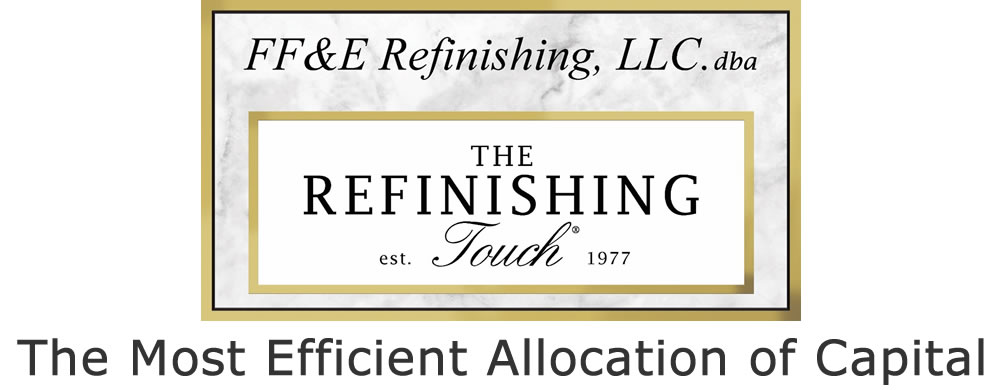Debt ceiling, default, budgets – any way you slice it, how the US government plans to spend money is major news. And while the US news cycles may have Obama’s administration dominating the headlines in the upcoming weeks, how any government spends money is always a matter of debate and discussion.
 In that vein, one story – and image – that caught our eye was recently published by the Government Executive’s research division, known as the Government Business Council (GBC).
In that vein, one story – and image – that caught our eye was recently published by the Government Executive’s research division, known as the Government Business Council (GBC).
The GBC created an eye-opening infographic, depicting the results of a recent survey asking respondents to evaluate the best (and worst) cost efficiency measures implemented by the government. The research team surveyed over 500 government employees, and covered areas such as contract resource management, workforce, external third-party payments, compliance and – the topic that grabbed our attention – property management.
The study shined some light onto the sustainable initiatives implemented by the US Department of the Interior, a federal agency with over 3,000 locations throughout the country. This division is not only responsible for the management of assets like real estate, buildings and cars, but is also in charge of managing national landmarks like the Statue of Liberty and the Washington Monument. Over the past few years, some of its sustainable, more creative management strategies include:
– The completed construction of several net-zero buildings, in an effort to conserve energy
– The implementation of over 1,600 on-site, renewable energy installations during the fiscal year 2011
– An increase in alternative fuel vehicles by 500 percent since 2005
– The purchasing of renewable energy through utility providers – in turn, providing up to six percent of today’s overall electricity in federally-owned facilities
In an effort to reduce energy consumption and municipal buildings’ overall carbon footprint, administrative agencies are under more and more pressure to invest in creative, environmentally-conscious and fiscally-responsible alternatives.
In the past few years alone, we’ve witnessed an immense amount of progress. Along with the examples provided by the Department of the Interior, we’ve also seen many other government agencies turning towards furniture asset management during renovations – a strategy that can save the US government 40-80 percent of its current expenditure on furniture. The White House, US Superior Court, naval barracks and military houses are just some of the clients making the move towards refinishing and re-purposing existing furniture. This in turn can generate additional funding to help the government, without needing to increase taxation or make spending cuts elsewhere.
For more information on the better management of the government’s furniture assets, please read our whitepaper here. To view the full infographic on government expenditure and efficient practices, please visit the Government Executive site.
